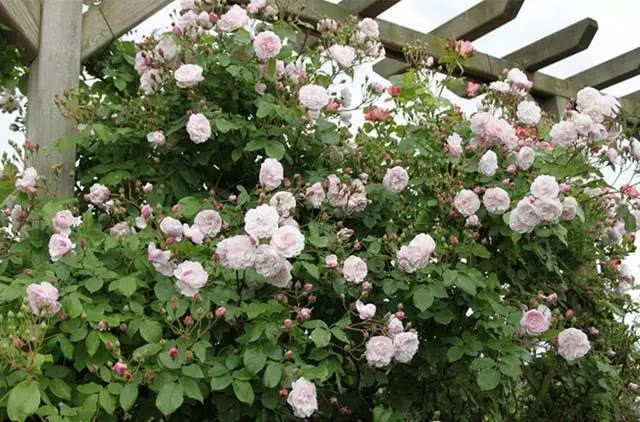The use value of Camellia oleifera is very high. why is it not planted much?

Abstract: Camellia oleifera is covered with treasures, why is the planting quantity not large?
The total supply of edible oil in China has increased year by year, reaching 34.527 million tons in 2016 (excluding the inventory of the previous year), but the proportion of imports has been higher than 19.4% since 2008. Since there is still such a big gap in China's vegetable oil demand, but tea oil is rarely seen in the market? Mainly planting Camellia oleifera has the following two risks.
First, the investment in the early stage is large and the payback period is long. Camellia oleifera seedlings need seven to eight years from planting to full fruit. before entering the full fruiting period, they need the costs of seedling, soil preparation, labor, chemical fertilizer and so on. the cost per mu is about 1500 to 2000 yuan, and 10 mu of land is 15000 to 20, 000 yuan. and the growth cycle of Camellia oleifera is long, the first six years need sustained investment but no income, ten mu of land investment in six years is about 100, 000 yuan, which is the biggest constraint of farmers. If the intermediate capital chain breaks, all previous efforts will be wasted.
Second, Camellia oleifera has low oil content and unstable yield. The yield of the old varieties of Camellia oleifera is very low, and only 5 kg of oil can be produced per mu of Camellia oleifera. In order to expand the yield, we can expand the forestry planting area or choose high-yield Camellia oleifera varieties. The improved high-yield and high-quality tea fruit can produce about 50 kg of oil per mu, but it takes seven to eight years for Camellia oleifera to enter the full fruit stage to know whether it is a high-yield variety, which is a huge time cost, which is also the reason why many growers are deterred.
Large investment, slow income, low oil content, high-yield tea seedlings and high risk are the reasons that reduce the enthusiasm of farmers and restrict the large-scale planting of Camellia oleifera.
Camellia oleifera is covered with treasures, in addition to refining tea oil, but also an important raw material for food, pharmaceutical, cosmetics, chemical industry, the economic value is very high. After fully considering the above risks, if there are sufficient funds and mountain forest resources, planting Camellia oleifera is actually a very good planting project. In order to encourage the planting of Camellia oleifera, improve domestic oil varieties, improve the quality of edible oil and the income of farmers, the state provides planting subsidies to Camellia oleifera growers to reduce their upfront costs and improve their enthusiasm for planting Camellia oleifera.
Camellia oleifera produces oil from forests. after entering the full fruiting period in the seventh year, the per unit yield of Camellia oleifera will continue to increase, and the full fruiting period can be as long as 50 to 60 years. Camellia oleifera is planted for many years, and the long-term benefit can benefit several generations.
Here is science to promote agriculture, welcome to add attention, with you to grow knowledge.
- Prev

These five kinds of flowers are the most supportive. One tree is planted in the family. The whole family, young and old, are healthy.
There are many flower friends who like to grow jasmine gardenia. These flowers are fragrant and beautiful in appearance. But did you know that these flowers not only can be watched, but also have a lot of medicinal value, made into dishes to eat, good for your health! Jasmine is used medicinally.
- Next

This flower is more fragrant than perfume and better than green pineapple. It blossoms into a wall after 365 days.
My greatest wish is to have a yard full of all kinds of flowers and plants I like, and it snows all over the yard when it blooms, not to mention how fascinating it is. There are many kinds of flowers, and the one I share with you today is.
Related
- Wuhan Hospital Iron Tree Blooming Result Was Instantly Frightened by the Gardener Master
- Which variety of camellia is the most fragrant and best? Which one do you like best?
- What is the small blue coat, the breeding methods and matters needing attention of the succulent plant
- Dormancy time and maintenance management of succulent plants during dormancy
- Minas succulent how to raise, Minas succulent plant pictures
- What are the varieties of winter succulent plants
- How to raise succulent plants in twelve rolls? let's take a look at some experience of breeding twelve rolls.
- Attention should be paid to water control for succulent plants during dormant period (winter and summer)
- Watering experience of twelve rolls of succulent plants
- Techniques for fertilizing succulent plants. An article will let you know how to fertilize succulent plants.

